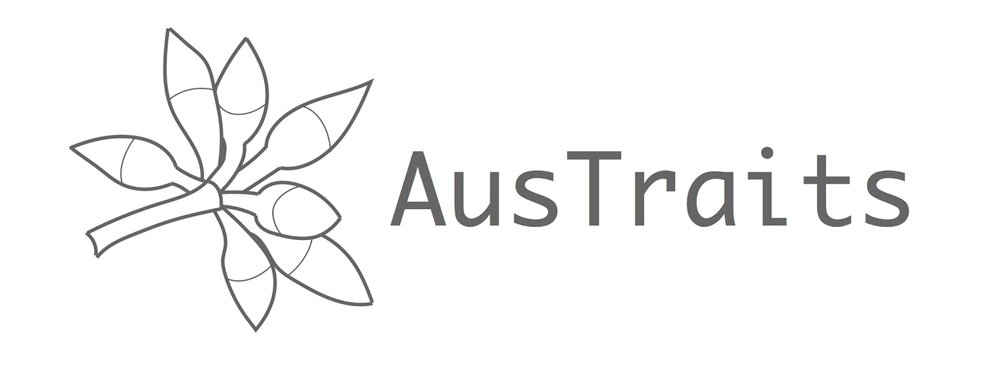Online Resources
Occurrence records map (0 records)




































Datasets
datasets have provided data to the Atlas of Living Australia for this species.
Browse the list of datasets and find organisations you can join if you are interested in participating in a survey for species like Dichanthium aristatum ()
Types
Specimens
Images
Misidentified

Names and sources
| Accepted Name | Source |
|---|---|
| Dichanthium aristatum () |
|
| According to:Council of Heads of Australasian Herbaria (2009), Australian Plant Census | |
| Published in:Hubbard, C.E. (1940), Mauritius grasses. Bulletin of Miscellaneous Information, Royal Gardens, Kew 1939(10) [654] | |
| Synonym | Source |
|---|---|
| Andropogon nodusus synonym orth. var. |
|
| Published in:Chapman, A.D. (1991), Australian Plant Name Index [208] | |
| Dichanthium caricosum subvar. mollicomum () heterotypic nom. inval. |
|
| Published in:Roberty, G.E. (July 1960), Monographie systématique des Andropogonées du globe. Boissiera 9 [165, 166] | |
| Dichanthium caricosum var. mollicomus () ex heterotypic |
|
| Published in:Stapf, O. & Haines, H.H. in Haines, H.H. (1924), The Botany of Bihar and Orissa 5 [1039] | |
| Andropogon nodusus heterotypic |
|
| Published in:Nash, G.V. (18 September 1912), Poaceae. North American Flora 17(2) [122] | |
| Dichanthium caricosus var. glabrior synonym orth. var. |
|
| Published in:Hackel, E. in Candolle, A.L.P.P. & Candolle, A.C.P. (April 1889), Andropogoneae. Monographiae Phanerogamarum 6 [569] | |
| Dichanthium caricosum var. glabrior heterotypic |
|
| Published in:Hackel, E. in Candolle, A.L.P.P. & Candolle, A.C.P. (April 1889), Andropogoneae. Monographiae Phanerogamarum 6 [569] | |
| Lepeoceris mollicoma () heterotypic |
|
| Published in:Nees von Esenbeck, C.G.D. (January 1835), New genera of Indian grasses. Edinburgh New Philosophical Journal 18 [185] | |
| Diplasanthum lanosum heterotypic |
|
| Published in:Desvaux, N.A. (1831), Memoires de la Societe d'Agriculture, Sciences et Arts d'Angers 1 [170, pl. 8, f. 1] | |
| Andropogon mollicomus heterotypic |
|
| Published in:Kunth, K.S. (1830), Revision des graminees Part 22 [365, pl. 96] | |
| Andropogon aristatus homotypic |
|
| Published in:Poiret, J.L.M. in Lamarck, J.-B.P.A. de M. de & Poiret, J.L.M. (1811), Encyclopédie Méthodique, Botanique Suppl. 1(2) [585] | |
| Dichanthium nodosum heterotypic nom. illeg. |
|
| Published in:Willemet, P.R.F. de P. (1796), Herbarium Mauritianum. Annalen der Botanick (Usteri) 18 [11] | |
| Common Name | Source |
|---|---|
| Angleton Grass preferred Australia Australia | |
| Angleton Grass Australia Australia |
|
| Angleton Grass Australia Australia |
|
| Angleton Grass Australia Australia |
|
| Name | Source |
|---|---|
| Dichanthium aristatum () accepted |
|
| Identifier | Source |
|---|---|
| https://id.biodiversity.org.au/instance/apni/655551 Taxon Concept current |
|
| https://id.biodiversity.org.au/name/apni/101205 Scientific Name current |
|
| http://id.biodiversity.org.au/node/apni/2916620 Taxon unknown |
|
| https://id.biodiversity.org.au/node/apni/2916620 Taxon current |
|
Classification
- kingdom
- Plantae
- phylum
- Charophyta
- class
- Equisetopsida
- subclass
- Magnoliidae
- superorder
- Lilianae
- order
- Poales
- family
- Poaceae
- genus
- Dichanthium
- species
- Dichanthium aristatum
Charts showing breakdown of occurrence records (0 records)
Name references found in the Biodiversity Heritage Library
| Data sets | Licence | Records |
|---|

The trait data shown here are a selection from AusTraits, an open-source, harmonised database of Australian plant trait data, sourced from individual researchers, government entities (e.g. herbaria) or NGOs across Australia. Traits vary in scope from morphological attributes (e.g. leaf area, seed mass, plant height) to ecological attributes (e.g. fire response, flowering time, pollinators) and physiological measures of performance (e.g. photosynthetic gas exchange, water-use efficiency.)
These traits are a sampler of those available in AusTraits. The data presented here are summary statistics derived from all field-collected data on adult plants available from AusTraits. Since the data presented are derived from the wide variety of sources in AusTraits, both the numeric trait statistics (min, mean, max) and categorical trait summaries (frequency of each trait value) that have been merged together could include data collected using different methods. The values presented for this species may reflect a summary of data from one or many sources, one or many samples from one or many adult plants at one or many locations. They may therefore differ from those presented elsewhere on the ALA platform and users are encouraged to download a spreadsheet of the full AusTraits data for this species via the download CSV button to view the accompanying details about the data sources before further use.
Categorical Traits
* Data sources in AusTraits report multiple values for this trait, suggesting variation across the taxon's range and life stages. Please download the raw data with information about the context of data collection to assess whether they are relevant to your project.| Trait Name | Trait Value | Definition |
|---|
Numeric Traits
| Trait Name | Min | Mean | Max | Unit | Definition |
|---|

